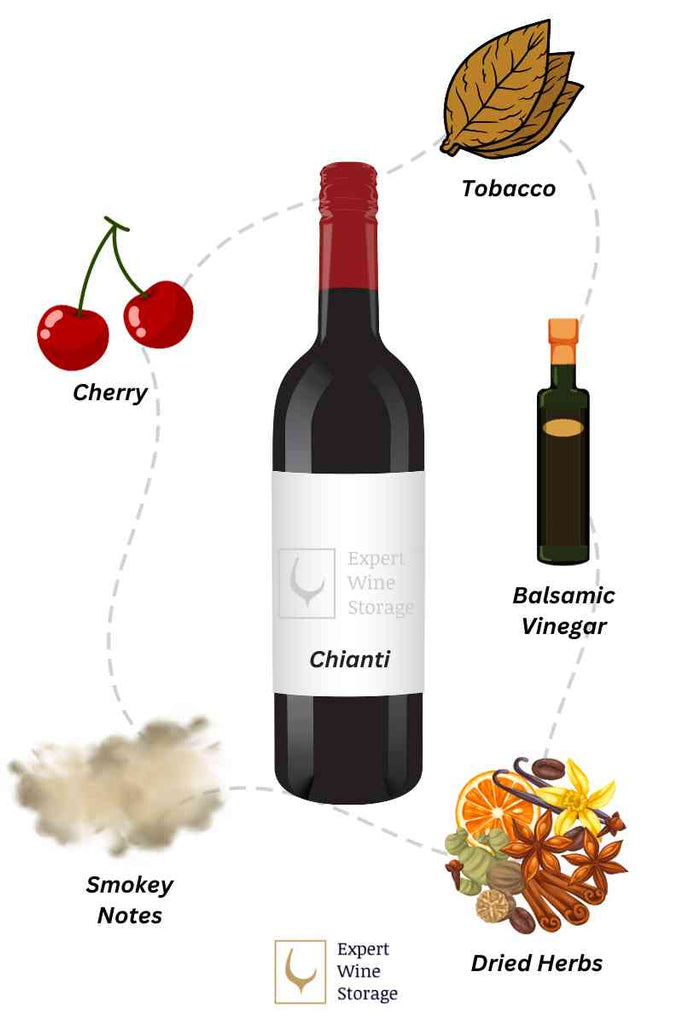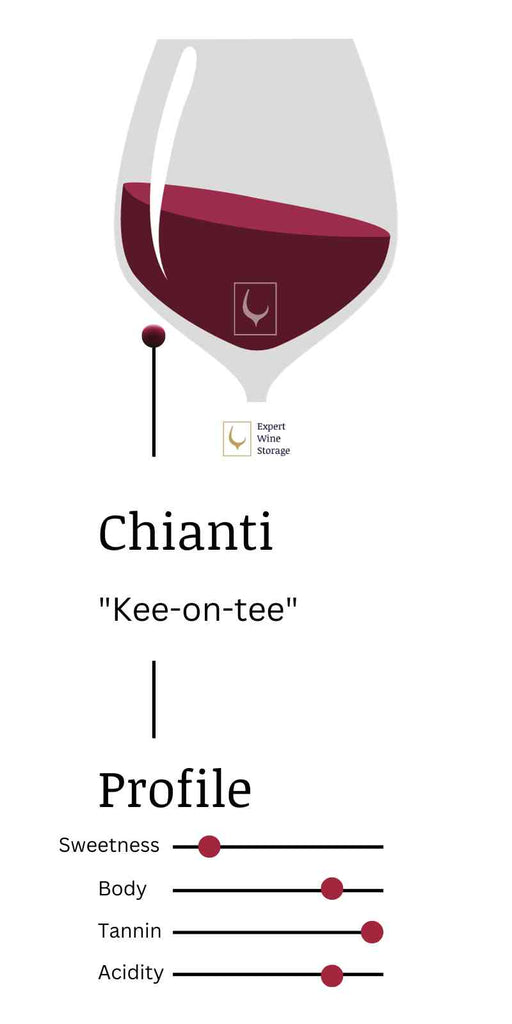Have you ever wondered what does chianti taste like? This classic Italian wine, famous for its straw-bottomed bottle, boasts a unique flavor profile that has captivated wine lovers for centuries. Let’s delve into the world of Chianti, exploring its characteristic taste and the factors that influence it.

A Storied Past: From Humble Beginnings to Global Recognition
Chianti’s journey began in the 13th century, nestled within the rolling hills of Tuscany, Italy. Initially crafted as a white wine, it gradually evolved into the red masterpiece we know today. The 19th century saw a turning point with the standardization of the recipe, featuring Sangiovese grapes as the foundation. This innovation solidified Chianti’s reputation and propelled it to international acclaim.
Unveiling the Essence of Chianti: A Savory Symphony of Flavors

What truly defines a Chianti? Imagine a delightful dance of flavors on your palate, a vibrant blend of tart cherries, balsamic vinegar, and hints of smoke and dried herbs. The subtle earthiness adds complexity, while a refreshing acidity and notable tannins create a lively structure. Each sip unveils nuances, making Chianti a truly captivating experience.
Exploring the Vineyards: A Journey Through Chianti’s Diverse Regions
The magic of Chianti extends beyond a single location. Venture into the heart of Tuscany and discover Chianti Classico, renowned for producing high-quality wines. Other notable regions include Rufina, Colli Fiorentini, and Colli Senesi, each with distinct terroirs (unique combinations of soil, climate, and grape varietals) that contribute to the subtle variations in Chianti’s character. Explore these regions and discover the unique expressions each offers.
Guiding Your Palate: A Sensory Exploration of Chianti
When encountering a glass of Chianti, please take a moment to appreciate its visual appeal. Notice the vibrant ruby red color, perhaps a hint of transparency. Now, swirl the wine gently, releasing a captivating bouquet of aromas. Breathe deeply and identify the delightful notes of cherries, herbs, and a touch of smokiness. Take a sip, letting the wine wash over your palate. Savor the interplay of acidity, tannins, and the symphony of flavors. Notice the lingering finish, a testament to the wine’s complexity.
Pairing Perfection: Enhancing Your Chianti Experience
To elevate your Chianti experience, explore food pairings that complement its characteristics. Fatty and flavorful meats like pork, lamb, and salami find perfect harmony with Chianti. The high-fat content beautifully balances the tannins, creating a smooth and enjoyable experience. Tomato-based dishes like Bolognese pasta make another excellent pairing, as the acidity of the Chianti cuts through the richness of the tomatoes. Experiment and discover pairings that tantalize your taste buds.
Unlocking the Secrets: Tips for Savoring Chianti
- Temperature Matters: ServTo maximize its aromas and flavors, serve slightly chilled, around 60-65°F (15-18°C). The Art of Decanting: For mature Chianti, decanting allows the wine to breathe, softening tannins and revealing its full potential.
- Choosing the Right Glass: A wide-bowled glass optimizes the release of aromas, enhancing your tasting experience.
- Embrace the Journey: Take your time, savor each sip, and allow the wine to evolve on your palate, revealing its hidden depths.
A World of Choice: Exploring Chianti Variants
Chianti Classico stands out as a premium expression located in the heart of the region with strict production regulations. Explore other Chianti variants like Chianti Rufina and Chianti Colli Senesi, each boasting unique characteristics and regulations. ConsWhen comparing Chianti Classico to other Chianti wines, considerations like taste, aroma, and aging potential whee Final Sip: A Celebration of Chianti’s Enduring Legacy
Chianti is a versatile and classic wine that offers a delightful sensory experience. From its rich history to its captivating flavor profile, Chianti beckons exploration and appreciation. With the knowledge you’ve gained, embark on your own Chianti adventure, experiment with pairings, and discover the perfect expression that speaks to your palate. Remember, the key to enjoying Chianti lies in exploration and finding what resonates most with you.
References:
FAQ About Tasting Notes: What Does Chianti Taste Like?
Q: What are the common flavor profiles found in Chianti wines?
A: Chianti wines typically display flavors of cherry, raspberry, plum, and violet. They often have earthy undertones with hints of herbs and spices like oregano and thyme.
Q: Are Chianti wines tannic or acidic?
A: Chianti wines are known for being moderately tannic with refreshing acidity. The level of tannins and acidity can vary depending on the specific producer and style of the wine.
Q: Do Chianti wines have a specific aroma?
A: Chianti wines often feature aromas of red fruit, floral notes, leather, and sometimes a subtle hint of balsamic. The aroma profile can also be influenced by the use of oak during the winemaking process.
Q: What is the mouthfeel of Chianti wines?
A: Chianti wines typically have a medium-bodied mouthfeel with smooth tannins. They are well-balanced and can range from being light and easy-drinking to more structured and robust, depending on the quality and aging potential of the wine.
Q: How do the different Chianti classifications affect the taste?
A: The different Chianti classifications, such as Chianti Classico and Chianti Classico Riserva, can impact the taste of the wine. Generally, Chianti Classico wines are more complex and aged longer, resulting in richer flavors and smoother texture compared to basic Chianti wines.

Looking for a bar to make your new local hangout? Look no further than Smokin’ Cues, a hidden gem located in the heart of Stockbridge, GA. At our bar & restaurant, we’ve got you covered when it comes to a great time!
Come hear some great live music, catch some sports, have a few drinks, or just sit back and relax! At our pool hall, there’s always something to do.